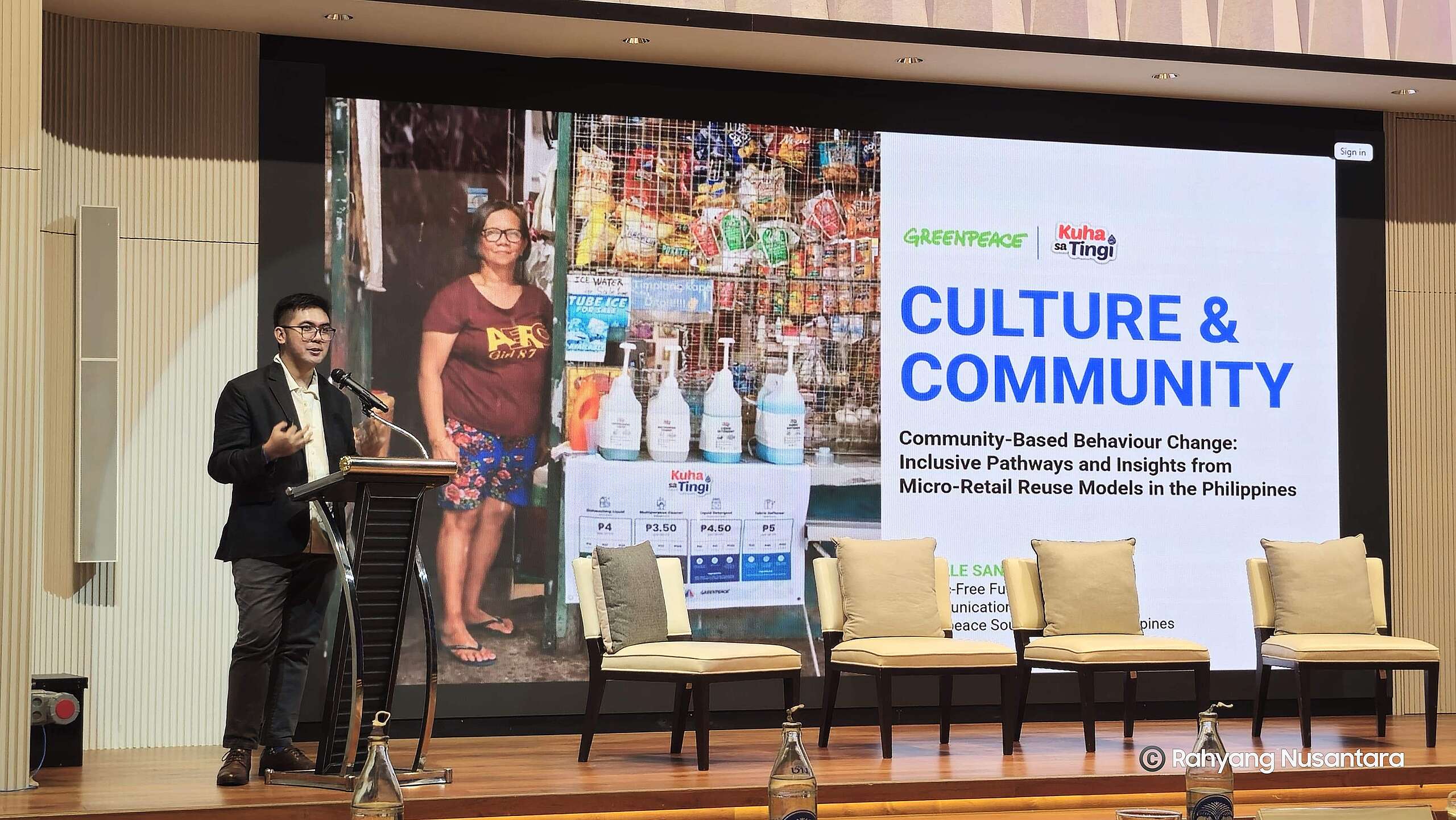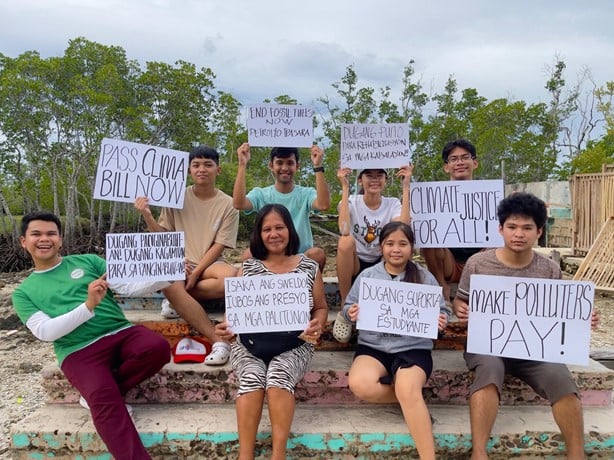The new coronavirus, COVID-19, has many of us glued to the news, concerned for loved ones, and adapting our lives to deal with the changes the pandemic is having on our homes, schools, and work-places. It’s pretty tough.
A lot of systemic inequality has been exposed as the realities of the pandemic response set in. It’s easier for some people to deal with the crisis than others. So it was great to see civilians and some local governments step up through various efforts!
Greenpeace, along with many others, are calling for any spending to help build a better society, based on better health care, employment standards, social protections and a Green Stimulus Package— in short, a society where we truly take care of one another and the only planet Earth we’ve got. And an economy and society transformed to make us more resilient, driving changes in the ways we live, work and get around that promote positive environmental and health outcomes.
We need systemic solutions to these kinds of protection gaps and problems. In the meantime, we can keep our community connections strong and model the behavior we want our leaders to adopt, and show them that love and compassion are stronger than fear.
Here are 11 ways people are talking about caring for one another while staying safe as our family, friends, colleagues and neighbors navigate COVID-19.
1. Look after yourself, to look after us all – flatten the curve!
Use simple social distancing tactics like replacing hugs and handshakes with alternatives…
If we all do our best to stop the spread, we can flatten the curve!
It’s also very important to keep ourselves and our family healthy in this time of the COVID-19 pandemic. Read this blog on ways to stay healthy.
2. Check in on elderly neighbors
Although necessary, social isolation can be lonely.
Text, phone call, email or, if needed, in person, especially if they live alone.
3. Reach out to people in self isolation
Send them funny memes or GIFs to cheer them up. Call them. Video chat them. Don’t forget about them. Make sure they feel less alone and have social support. Offer them help.
4. Volunteer your time
Know someone in self isolation or who needs to limit their public interactions? Offer to pick up and deliver their shopping, treats or other things they might need, while taking precautions to keep yourself safe. Your time and labor could be a big help to someone needing support.
There are also numerous community initiatives you can join while taking the necessary precautions, of course, like #OplanHatid. A group of friends started this database of on-going support initiatives for health care workers, frontliners, essential work force, BPO. If you know of efforts in your area, add it to the database by filling out this form.
5. Instill empathy and concern for our health workers
Our health workers are the current heroes of the world. They put their lives and safety on the line for all of us. The last thing that we could do is add more burden and risk to their well-being, and as health professionals, they should be accorded full respect and utmost concern.
So the least that we can contribute is to abide by protocols. We should never assert our social status and political positions if only to beat around the bush. Further, we can always lend them financial, material, and moral support. One way to cheer them on is by hanging a green ribbon on your door or gate, or by adding a green ribbon to your profile pic.
6. Combat misinformation online
Unfortunately, if not unexpected, misinformationon COVID-19 is floating around online. If you see it, report it to your platform and let anyone posting/sharing it know (e.g., via private message or commenting on the post). Get your information from trusted sources like the World Health Organization, DOH, or your doctor.
7. A cool idea: rent payment relief for self-isolated people without paid sick leave?
If you’re a landlord and have the extra income, you could consider (as some landlords reportedly have) freezing rent payments and ensuring no evictions occur for any tenants struggling financially due to the pandemic. What do you think?
8. Fundraise for people financially impacted by quarantine measures
Fundraising platforms can help you organise, but word of mouth, email and text are also tried and true ways to do some grassroots fundraising in support of someone affected by things like missing work, paying for childcare because of school closures, or extra medical costs.
9. Make social distancing fun with video chat
Social distancing doesn’t mean we can’t feel close to our loved ones. Get creative. Have a video chat to get together and celebrate birthdays or other occasions using everyday tools like Skype, Hangouts or Zoom. Or, synchronise watching your favourite TV show or movie together while chatting via text or video.
10. Share positive news and acts of kindness with your community–do this with a green ribbon!
There are so many examples out there of people helping one another. From individuals giving a ride to health workers, to musicians performing live to keep people’s spirits up. Share those. Talk about those. Together we can prevent getting caught in a bad news hopelessness spiral, and give our health workers and frontliners the much-needed moral support!

One way to spread hope online is by adding a green ribbon to your profile pic. Why green? Because it’s a symbol of healing and hope!
11. And stop hoarding alcohol and hand sanitizers!
Prepare for what your household will need if quarantined, but curb the panic-greed reflex. If we want a better world, we have to learn to keep our community’s needs top of mind and share the simple things (erm, soap is shareable, lasts longer, and indispensable in a time like this!).
And remember, wash your hands, wash your hands, wash your hands. It protects you and everyone around you. It only takes 20 seconds. Here our more tips for keeping your home safe from the virus.



